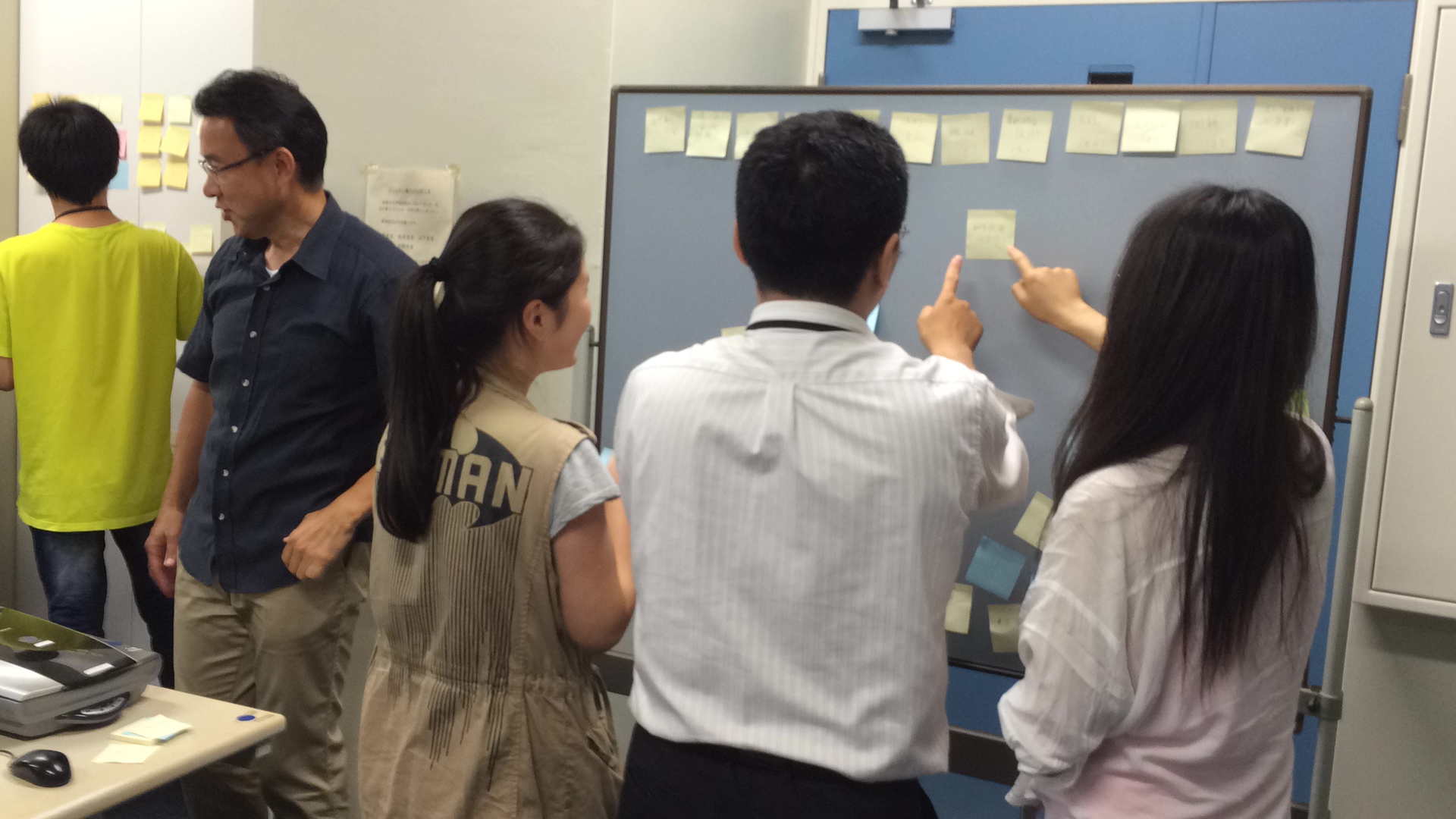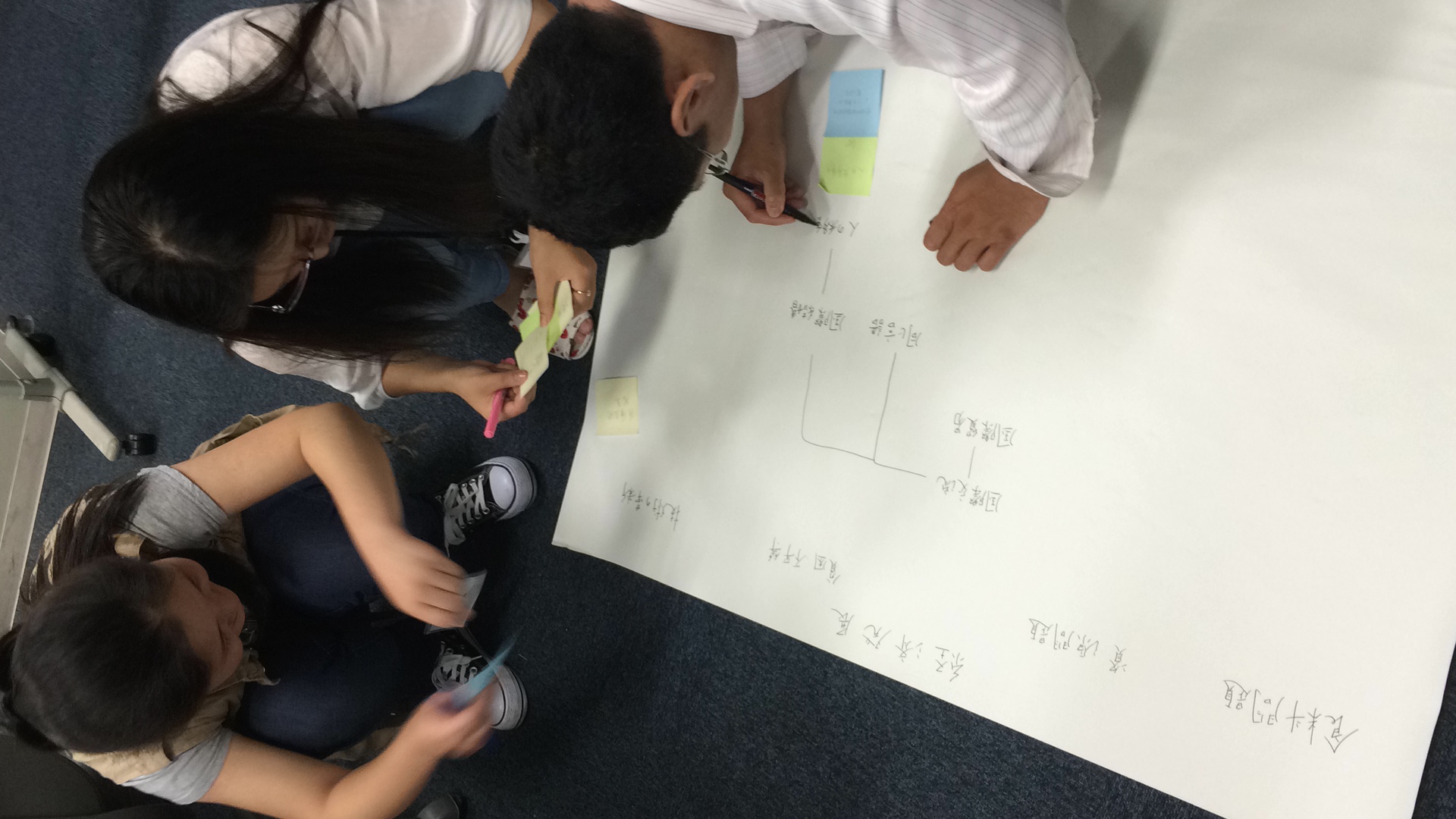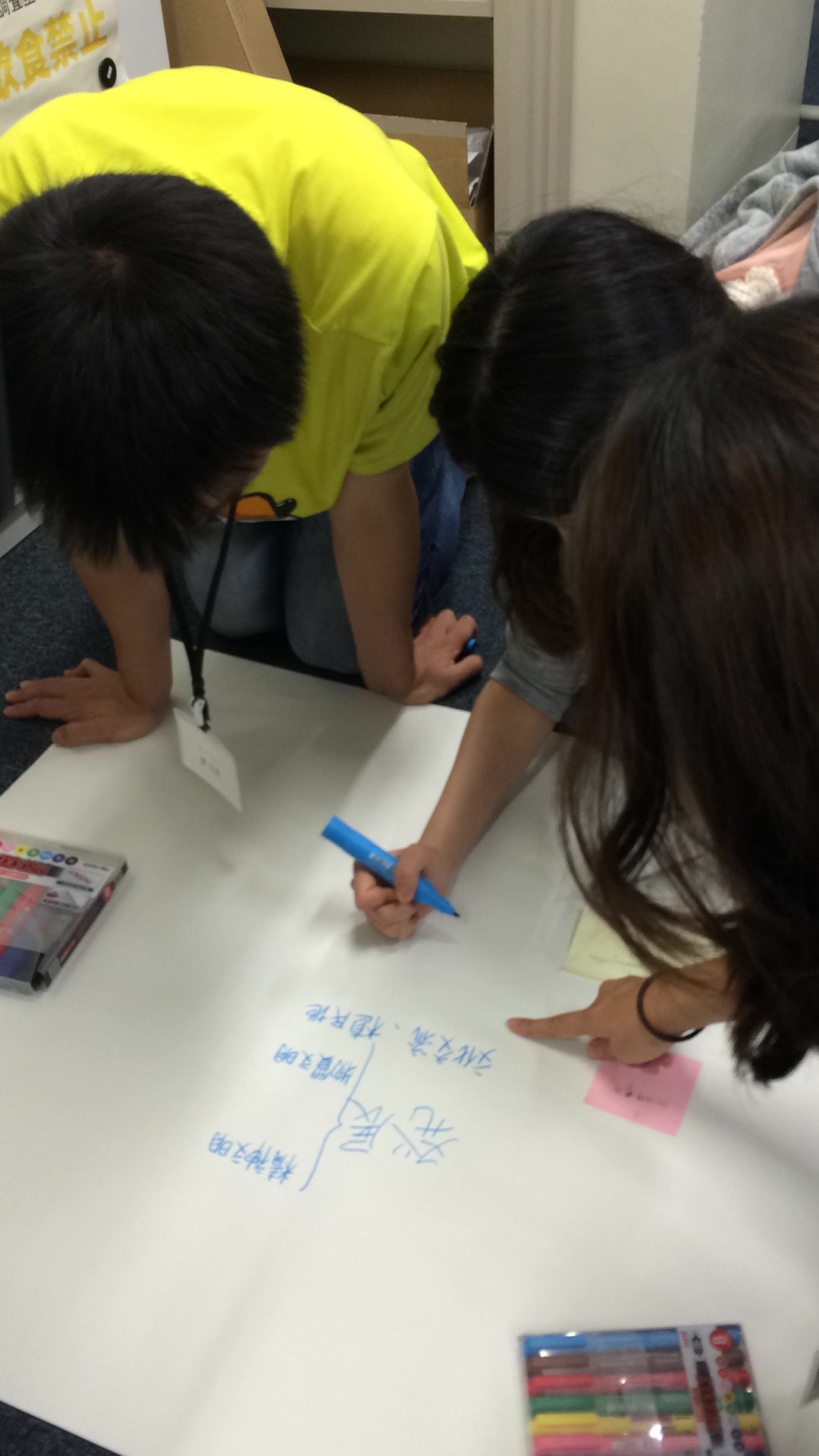Experience Lecture on “Friday” 27 June 2014
This is the last experience lecture organized for 2014 Kyushu university “Future Asia program” candidate students. The lecture was given by Mr. Koichiro Kita President and Representative Director of LbE Japan titled as “Definition of Global correspondence power”.
|
The object of this lecture was to measure global competence and to understand how students can improve effectiveness with people around the world through Global Competence Aptitude Assessment [GCAA], thus to reveal the strengths and weaknesses points of students from the prospective of the global correspondence power. Additionally to clarify the causes and acceleration factor of globalization, and the social phenomenon caused by globalization.
GCAA is used as a model assessment to teach trainers, educators, and consultants how to best determine and develop intercultural skills and global competence.
|
|
In the first half, candidate students took GCAA test .Mr. Kita explained that the GCAA provides two overall scores for Internal and External readiness and eight component scores to profile Global Competence:
1. Internal readiness scores identify personal traits and attitudes people possess in order to effectively understand and interact across Cultural boundaries.
2. External readiness scores identify one's knowledge and people skills gained through education or life experience in order to effectively navigate through the complex and highly interdependent global world.
The maximum score for each of the above is 100, for a total score of up to 200 points.
Students who earn the High Aptitude rating for both Internal and External Readiness are considered Globally Competent.According to the students it was first experience for them with such as this test and they explained how this test could help them to raise self-awareness of self-improvement, and how there is so much knowledge waiting them to learn through Future Asia program.
|
|
|
The second half of the lecture was workshop where students were asked to give definition of the term "globalization", the lecturer divided candidates students into two groups trying to guide them to cover through brainstorm different aspects of the term “globalization”.
The workshop was aimed at encouraging students to think and create answers for questions posed by the question of globalization, as an alternative for receiving ready-made answers from the lecturer. It is a way to make students think about their status and position within the global society.
The cooperation between the members of each group although the diversity in culture, field research, and communication language described the essence of globalization as Mr. Kita clarified.
Students `s research fields reflected on the ideas which they produced. “Perhaps we heard the term globalization a lot and always we thought that we understand it well, but when we faced the question of the definite meaning, we started to doubt in our thought,” some students said.
Mr. Kita explained that perhaps this short experiment would help students to have open mind and actively seeking to understand cultural norms and expectations of others.
At the end lecturer clarified to the students the concept of globalization through ““experience learning model” which divided into three parts first is visualization, direct experience and internal experience, this model connects with “active learning model”.
Then the “global competence model” was explained as a visual model represents the specific combination of knowledge, skills, and attitudes necessary for global competence, and how it implies the ability to interact positively and effectively with anyone in the world.
|
|





